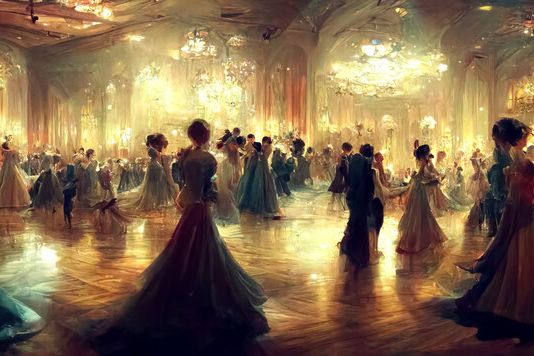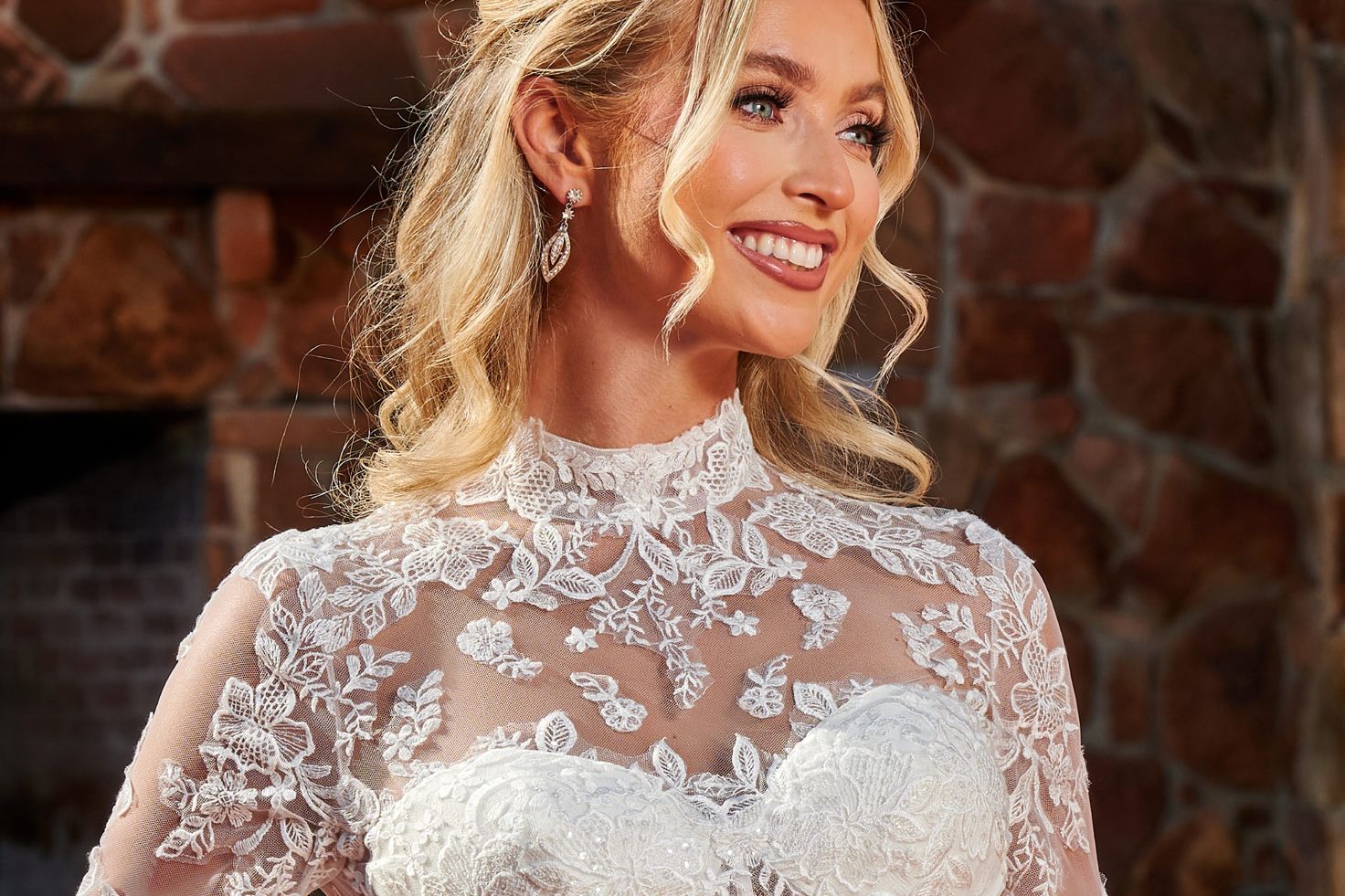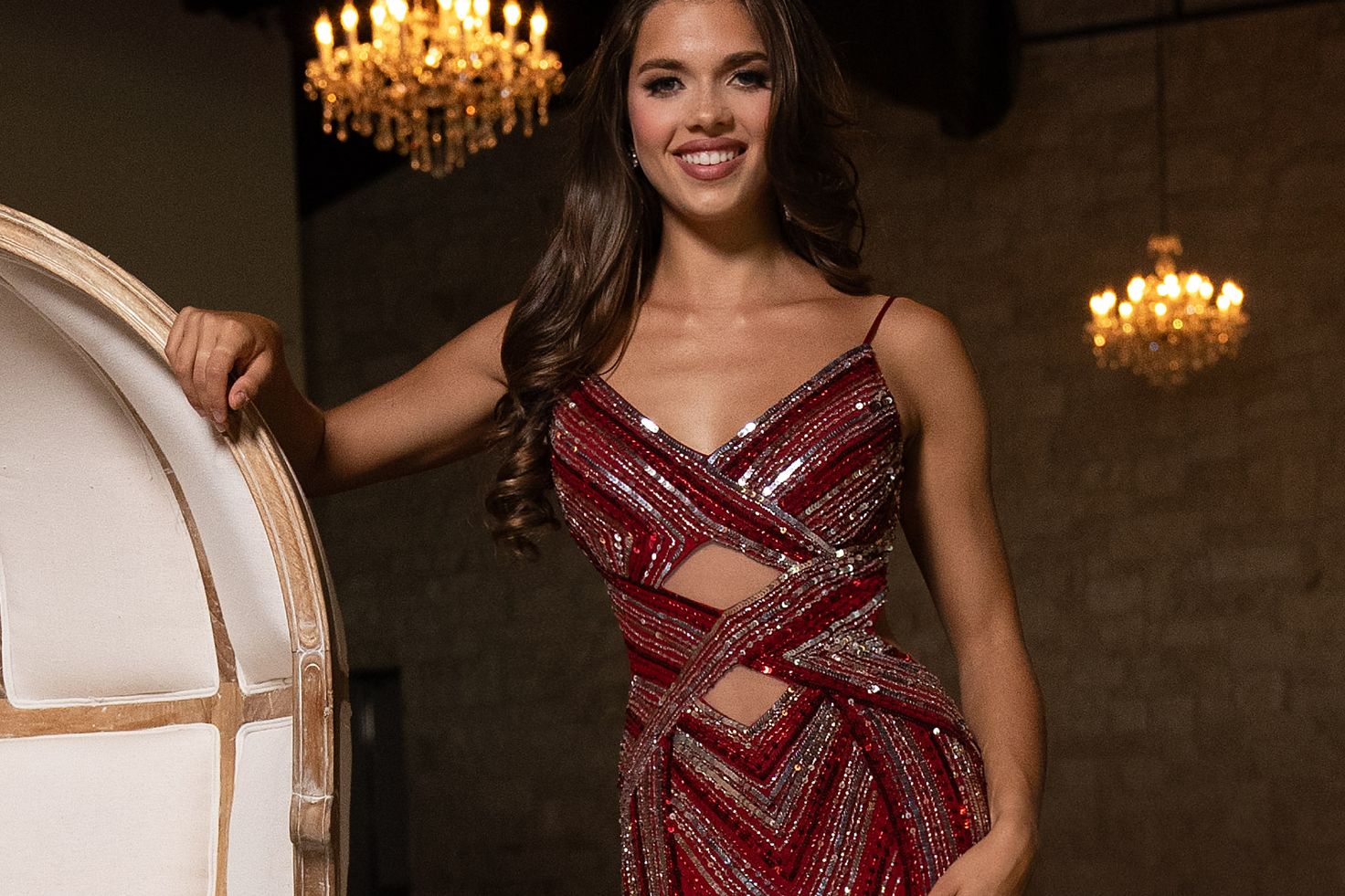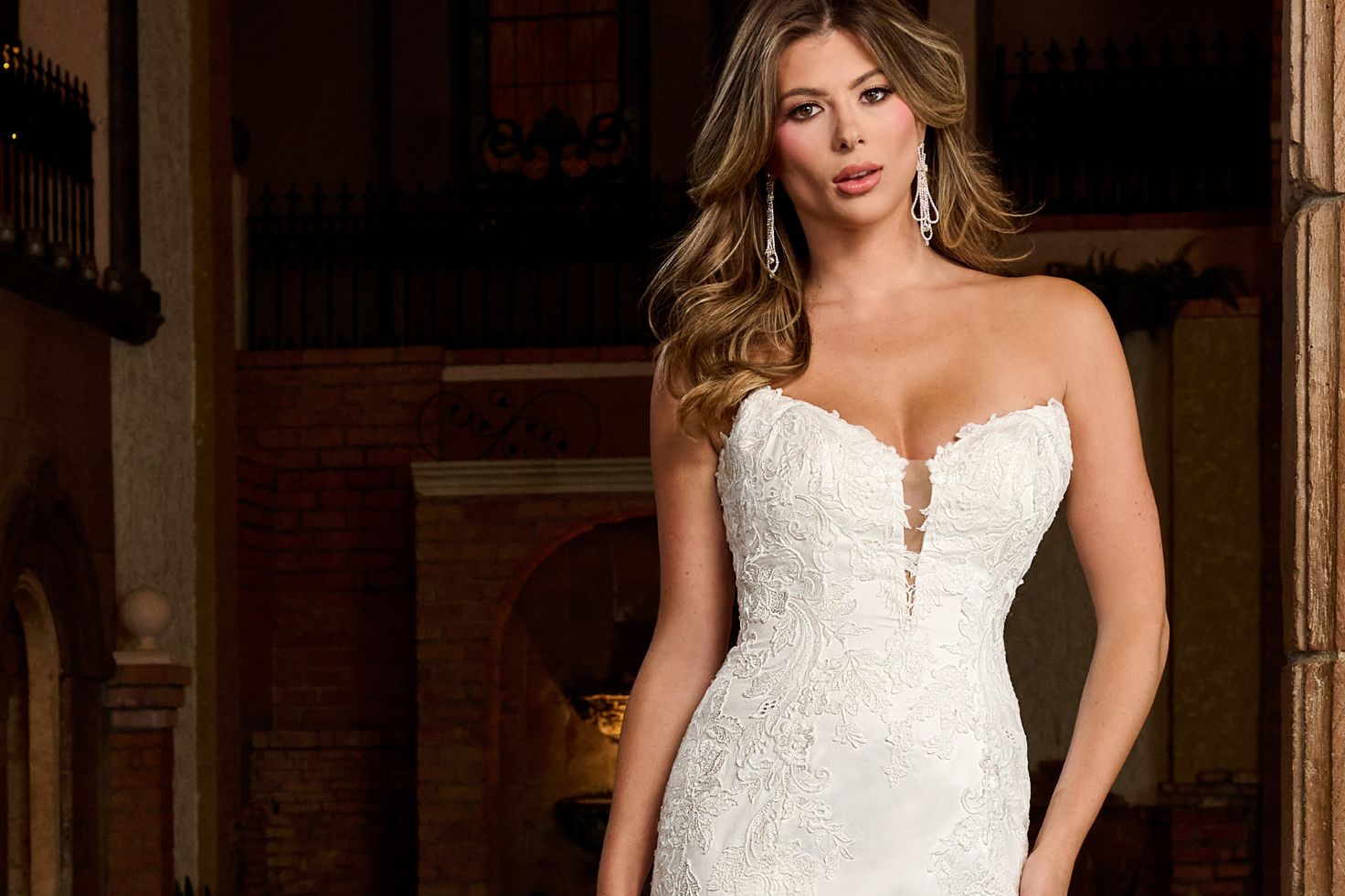The Quinceañera celebrates a girl's fifteenth birthday and is practiced by many Latino communities worldwide. You've no doubt heard of this celebration or possibly have been invited to one, and it is a lovely tradition embraced by many. However, have you ever wondered where the Quinceañera came from, and the history behind it and its traditions have come from?
Origins of the Quinceañera
A significant milestone in the life of a young girl, the Quinceañera most likely had its origins in the distant past of pre-colonial Mexico. This event marks the transition from childhood to womanhood and is a cultural rite of passage. Quinceañeras are often far more formal and ceremonial than most birthday celebrations, as it holds steep cultural significance to Latin culture.
Many historians believe that Quinceañeras' origins come from Mesoamerican roots. All pre-hispanic civilizations, the Incas, Mayas, Toltecs, and Aztecs, had some form of ritual signaling and celebrating the transition from girlhood to womanhood. Some historians also believe that other sources of indigenous influences that may stem from African contributions to Latin American cultures were widespread as rites of initiation for girls in West and Central Africa. Indigenous tribes often taught women skills necessary for their future societal roles and, on their 15th birthday, were considered ready for adulthood.
The names of the 'Damas,' and "Chambelanes" also suggest French cultural influence, which may have begun during the French occupation of Mexico.
When the Spaniards colonized Mexico, they took many of these customs and adapted them into their culture and beliefs. The Spaniards introduced the tradition of Catholic mass to the Quinceañera. In the 1500s, the Quinceañera was meant to present a young girl to society as a prospective bride.
There are a few other exciting theories as to the origins of Quinceañera. Some origin stories claim that the Quinceañera began with the Dutchess of Alba, who threw a ball at her palace and invited teen girls to attend in formal clothes, where the tradition continued until Empress Carlota threw a similar bash in Mexico, presenting eligible young women to marry. These celebrations at the time were excuses for more affluent society members to mingle and unite powerful families in marriage. Quinceañeras were even such significant events as to be publicized with newspaper articles.
Quinceañera Traditions
Godmothers and Godfathers
A girl and her family may begin planning her Quinceañera as early as her fourteenth birthday. She might identify "Madrinas" and "Padrinos," who are community members and will help locate the resources needed and help pay for aspects of the celebration. For instance, she may have a godmother of the cake who will pay the fees for the cake maker and a godmother who will cover the cost of the gown.
While many families may not identify or use godmothers and godfathers, they can be infinitely helpful to a young girl to make a larger celebration that may not be possible due to the family not having enough economic resources sufficient to cover the total cost of the event. The preparation between the quince años and godparents can also strengthen and unify the community to support the young girl's transition into womanhood, creating bonds between her and becoming confidants and sources of wisdom and support in the future.
Quinceañera Court of Honor
No two Quinceañera courts will look the same, as they can vary in size. Traditionally, the Court is comprised of seven girls, referred to as Damas, and seven boys, called Chambelanes. The Chambelanes are considered to be the escorts of the young Quince, with each member of her Court representing the age of the young Quince before her fifteenth birthday, as along with the Court and her, the number makes up fifteen in total.
Members of the Court are usually dressed in formal attire that matches the theme of the Quinceañera and consists of her closest friends, cousins, or a form of relative to the young Quince.
The Quinceañera Court of Honor is chosen before the mass, accompanying her for the ceremony. Many who are appointed to the Court of Honor take this task with honor and pride. Traditionally, the Court is also tasked to learn a dance which is usually choreographed and accepted just as seriously, meeting for dance rehearsals to perfect Quince's entrance dance, as this performance is her grand entrance into her reception. This dance is called a Val, but most call it the birthday waltz.
The Quinceañera Mass
Unlike a baptism or confirmation, the Quinceañera mass is not a Catholic sacrament. However, it is exceptionally culturally significant within the Latino community, solidifying the girl's commitment to her faith. During the Quinceañera mass, the young lady will receive Holy Communion, consecrating to the Virgin Mary, gifting the Virgin Mary a bouquet, and receiving gifts blessed by the priest, such as a ring, a tiara, or a necklace.
Similar to some sacraments, different symbolic elements represent the rite of passage from childhood to adulthood. The Bible, the tiara or crown, the bouquets, and the people who accompany her hold a spiritual meaning during the ceremony.
The Photoshoot
Generally, after the mass, the Quince may stroll at a local park or near the reception hall dressed in her Quinceañera gown accompanied by a photographer. The Quince photoshoot is often considered part of the tradition.
The Quinceañera Reception
After mass and the photo shoot, the Quinceañera reception begins. This reception can be held at a home, venue, or banquet hall, and the celebration consists of dinner, dancing, and other traditional events presented in a particular order during the reception. The events may differ between one Quinceañera and another, but usually, they may consist of:
- The introduction of the Court of Honor. The names of the Court of Honor are introduced to the guests as they enter the room.
- The Quinceañera herself is presented to the guests.
- The Quinceañera is crowned by her mother or by someone special to the Quinceañera, with the crown or tiara representing the birthday honoree as a daughter of God.
- The parents or godparents give a doll to the Quinceañera, typically porcelain, symbolizing the last doll the Quinceañera will receive as she enters young womanhood. Or, the Quinceañera may gift an old doll of hers to her youngest sister during the ceremony.
- The change of shoes. The father will change the Quinceañera's flat shoes to high heels, another childhood to adulthood symbol.
- The Quinceañera shares her first dance with her father, then dance with the main chamberlain, known as the Escort of Honor, and lastly, the Court of Honor will join the Quinceañera.
- The Toast. The parents of the Quinceañera will raise a glass and toast the guests, thanking them for attending such an important event, and the Quinceañera may give a speech.
Are you planning your first Quinceañera, or attending one for the first time? Would you love to learn what to expect? Please check out our article Your First Quinceañera And What to Expect.
As time passes, the focus on the Quinceañera shifts away from presenting a young girl finding a husband to a celebration of life and adulthood. The Quinceañera takes on more of a fairytale moment for many Latino girls, from the princess-like gowns to the extravagant cakes, themed parties, and more. The Quinceañera is a once-in-a-lifetime celebration steeped in tradition and creates an unforgettable memory.







